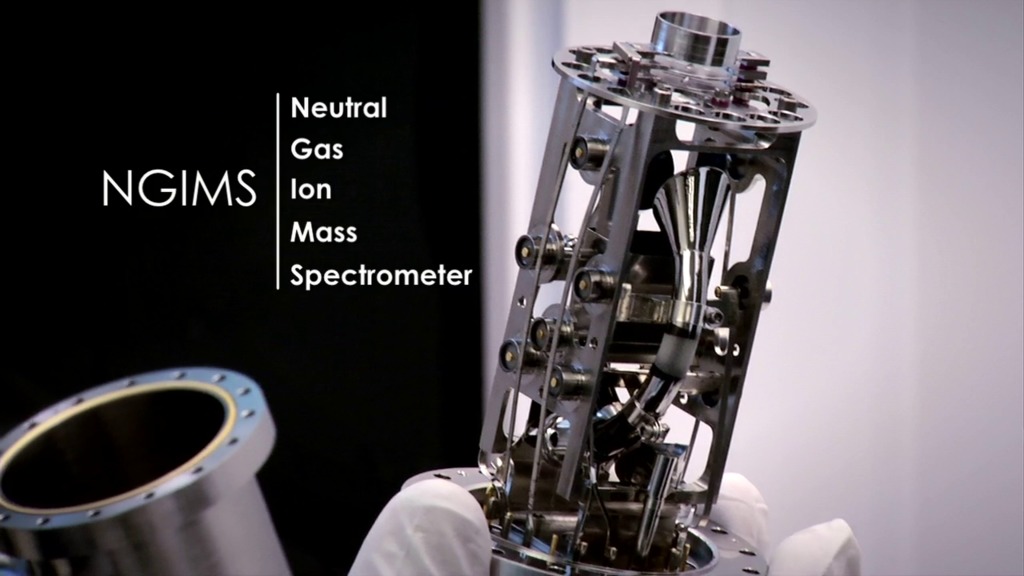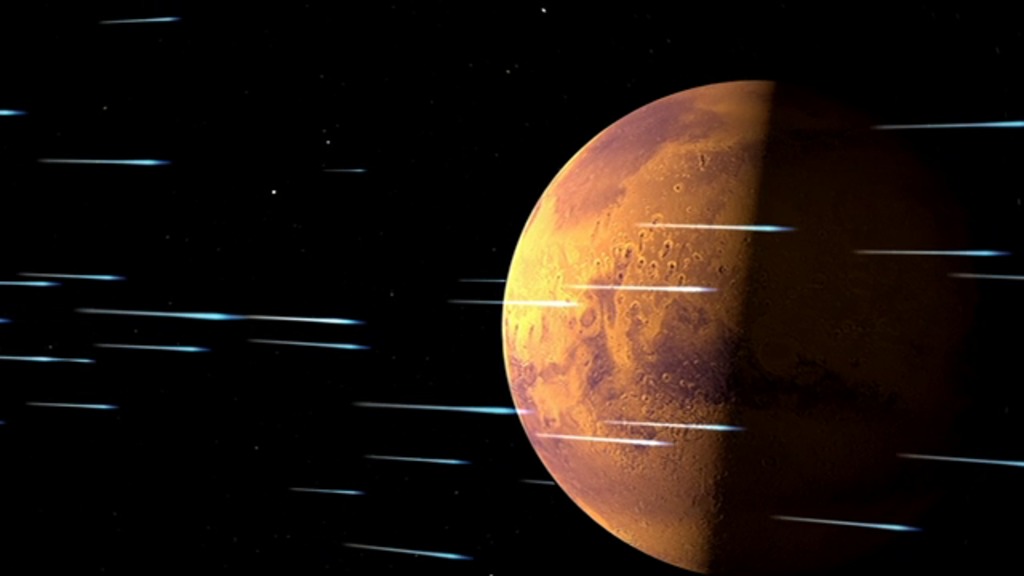MAVEN Particles & Fields Package
To planetary scientists, the Martian atmosphere presents an intriguing mystery: today it's a thin, cold wisp of carbon dioxide with just one percent the pressure of Earth's atmosphere, but long ago it was thick and warm enough to support lakes and rivers on the Martian surface. How did Mars lose so much of its early atmosphere? Scientists think that the solar wind may be responsible, and NASA's Mars Atmosphere and Volatile EvolutioN (MAVEN) spacecraft is designed to find out. The instruments of MAVEN's Particles & Fields package will study the interaction of the solar wind with Mars's upper atmosphere, helping scientists to better understand how Mars became the freeze-dried planet that we see today.
Studying the Solar Wind at Mars
Robert Lin, the late director of the Space Sciences Laboratory, discusses how NASA's MAVEN spacecraft will study the interaction of the Martian atmosphere with the solar wind. MAVEN's findings will reveal how Mars lost its early atmosphere, turning it from a warm, wet planet into the cold, dry one that we see today.
Watch this video on the NASAexplorer YouTube channel.
For complete transcript, click here.
For More Information
Credits
Please give credit for this item to:
NASA's Goddard Space Flight Center
-
Animators
- Michael Lentz (USRA)
- Chris Meaney (HTSI)
- Chris Smith (HTSI)
-
Video editor
- Dan Gallagher (USRA)
-
Interviewee
- Robert Lin (University of California at Berkeley)
-
Producer
- Dan Gallagher (USRA)
-
Scientists
- Robert Lin (University of California at Berkeley)
- David L. Mitchell (Space Sciences Laboratory, University of California at Berkeley)
-
Project support
- Aaron E. Lepsch (ADNET Systems, Inc.)
- David Silberberg
-
Videographers
- Rob Andreoli (Advocates in Manpower Management, Inc.)
- Kevin Deane (Oakville Lane Productions, Inc.)
Release date
This page was originally published on Wednesday, March 5, 2014.
This page was last updated on Wednesday, May 3, 2023 at 1:51 PM EDT.
Missions
This page is related to the following missions:Series
This page can be found in the following series:Tapes
The media on this page originally appeared on the following tapes:-
MAVEN Particles and Fields
(ID: 2013003)
Wednesday, March 5, 2014 at 5:00AM
Produced by - Dan Jacob (Global Science and Technology, Inc.)



